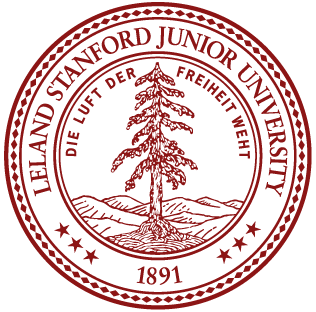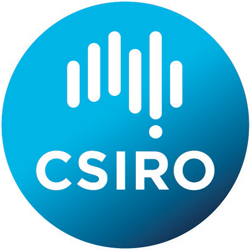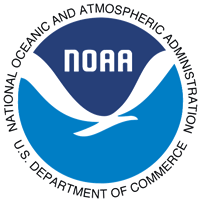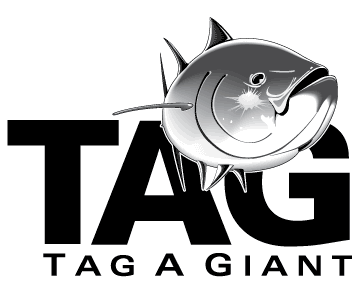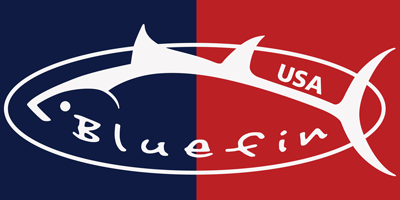Dane Klinger
Session 9, Talk 6, 20/1/16 @ 0900 hrs
The high trophic level and unique physiology of bluefin tunas mean that they are energetically expensive to culture relative to other current aquaculture species. As a result, the resource and environmental intensity of bluefin production greatly exceeds that of other types of seafood. At the same time, the bluefin tuna’s physiology provides many of the characteristics that define their meat as a luxury good and incentivizes fisheries and aquaculture production. This presentation will review the major bottlenecks, challenges, and opportunities that bluefin aquaculture faces in reducing its resource and environmental intensity. These attributes will be placed in the context of other aquaculture systems and species, as well as other luxury goods. While bluefin farming may not be able to achieve the high environmental or resource performance possible in other aquaculture sectors, bluefin’s status as a luxury good means that bluefin fishermen and farmers can have an outsized role in fostering innovation and improvement in the seafood industry as a whole.
Contact: D. Klinger Postdoctoral Research Associate, Princeton University, USA This email address is being protected from spambots. You need JavaScript enabled to view it.
